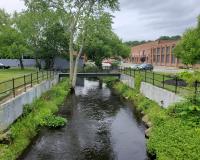
Vibrant Environment
All | Biodiversity | Climate Change and Sustainability | Environmental Justice | Governance and Rule of Law | Land Use and Natural Resources | Oceans and Coasts | Pollution Control

Andrea had never been on a kayak before. In fact, she was terrified of the water. But after one short kayaking trip in Newton, she wanted nothing more than to share the exhilarating experience with her family. The river had sparked something in her – a new connection with the natural world.

As a college student who has been studying the environment for the past three years, I have simultaneously become more pessimistic and optimistic about solving climate change. On the one hand we have a lot of tools at our disposal to deal with climate change, yet on the other, those with the most power to do anything about it seem to lack the willpower and bravery to put climate over profit.

Development impacts many aspects of the food system, including where food is grown, how far food must travel before it is consumed, where distributors and retailers of food are placed, and who has access to fresh and nutritious food. But if development fails to create and support food secure, self-supporting neighborhoods, it is not sustainable.
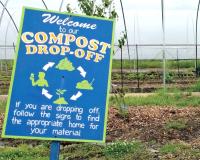
NRDC and the Environmental Law Institute (ELI) recently released a Model Municipal Zoning Ordinance on Community Composting, a template ordinance intended to advance community composting by establishing it as a permissible land use under a municipality’s zoning code—thus helping municipalities meet their climate and waste reduction goals while achieving various other co-benefits.

The Chesapeake Bay is the largest estuary in the United States. More than 150 major rivers and streams flow into the Bay's 64,299-square-mile drainage basin, which covers parts of six states (Delaware, the District of Columbia, Maryland, New York, Pennsylvania, Virginia, and West Virginia) and all of Washington, D.C. (the Bay jurisdictions). With its diverse flora and fauna, the Chesapeake Bay is a very important feature for the ecology and economy of these regions.
If you told me years ago that I would be pursuing a degree in statistics and machine learning, I would not have believed you. Even after receiving the 2021 National Wetlands Award and immersing myself in a vibrant and innovative college environment, I have come to more fully appreciate the many ways we can approach wetlands conservation and education efforts.
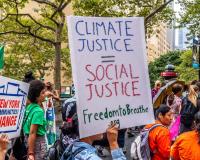
"We need joy as we need air. We need love as we need water. We need each other as we need the earth we share." – Maya Angelou
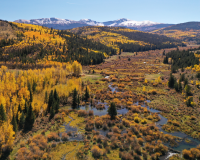
In one of the most famous speeches in American history, President John F. Kennedy implored his fellow Americans to “Ask not what your country can do for you—ask what you can do for your country.” I’m borrowing JFK’s words to illustrate how I approach restoration: Ask not what the land can do for you—ask what you can do for the land. This maxim evokes something greater than oneself that deserves respect, service, and ethical treatment. For JFK, it was country. For me it is the land, or to be more accurate, an ecosystem.

Having worked to conserve Nebraska’s wetlands over the past 30 years, and in honor of National Wetlands Month, I have been reflecting on what factors make wetland conservation successful. Thanks to the collaboration of many different partners, including landowners, we can be proud of the accomplishments made in wetland research, restoration, and management. To build on these successes, I believe it is important to broaden the network of people who understand wetlands and support their conservation. To do this, we need to expand and improve our outreach and education efforts.
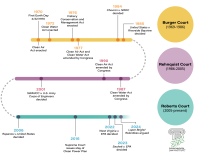
Today’s Supreme Court is, to borrow a phrase from a recent discussion, reshaping American life. It’s doing so across numerous areas of law, prompting commentators, professionals, and everyday citizens to adapt to a rapidly evolving legal landscape.